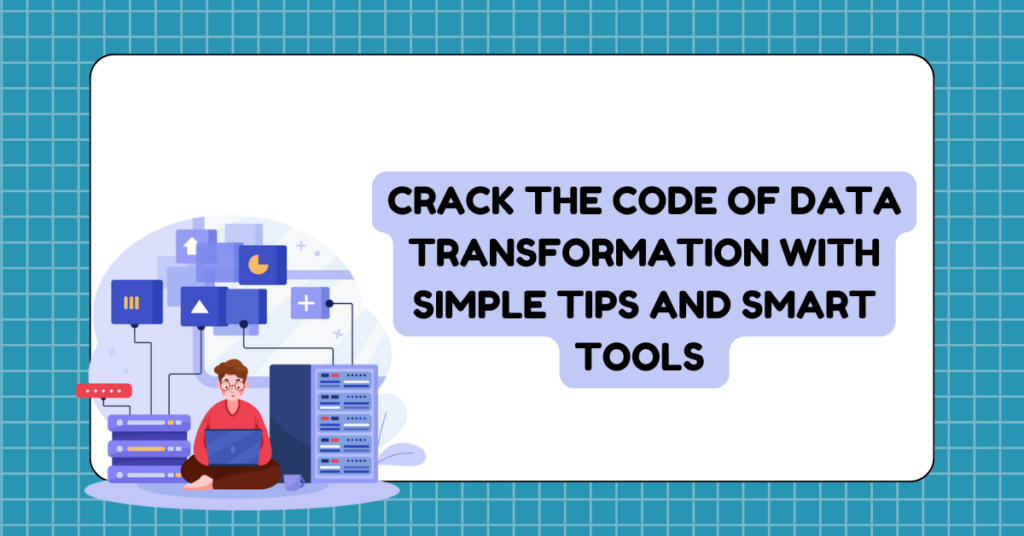The Data Dilemma
Imagine you’re handed a messy spreadsheet with missing values, inconsistent formats, and weird symbols. Now, multiply that mess by a million records. That’s the reality of raw data—it’s chaotic, inconsistent, and far from useful. Enter data transformation, the magic wand that turns this chaos into clean, structured, and actionable insights. Whether you’re training a machine learning model, running analytics, or building a data pipeline, transformation is the key to making sense of it all.
What is Data Transformation?
Data transformation is the process of cleaning, structuring, and converting data into a usable format. It includes everything from scaling numbers and handling missing values to creating new features and encoding categories. Without it, even the most sophisticated AI models and business dashboards would be useless.
Essential Transformation Techniques
- Normalization: Rescale numbers (e.g., converting income from $ to a 0-1 range).
- Feature Extraction: Pull out hidden patterns (e.g., converting text into numerical embeddings).
- Aggregation: Summarize data (e.g., grouping sales by month).
- Encoding Categorical Data: Convert text labels into numbers (e.g., one-hot encoding for machine learning).
- Handling Missing Data: Fill gaps intelligently (e.g., using median imputation).
Best Practices for Clean & Efficient Data
- Keep it Consistent – Standardize formats, units, and structures.
- Automate the Boring Stuff – Use ETL/ELT pipelines for large-scale transformation.
- Optimize for Scale – Choose the right tools for small (Pandas) vs. big (Spark) data.
- Validate Everything – Garbage in, garbage out. Always check the integrity of transformed data.
Top Tools for Data Transformation
- Pandas & NumPy – Great for quick, small-scale transformations.
- Apache Spark (PySpark) – Handles massive datasets with distributed computing.
- dbt (Data Build Tool) – Ideal for SQL-based transformations in modern data stacks.
- Airflow – Automates and orchestrates data workflows.
- AWS Glue & Google Dataflow – Cloud-native, serverless solutions for large-scale transformations.
Real-World Wins
- Fraud Detection: Banks use feature engineering to detect suspicious transactions.
- Healthcare: Standardizing patient records enables seamless data exchange.
- E-commerce: Transforming customer reviews into embeddings improves recommendations.
Final Thoughts
Raw data is messy, but transformation turns it into gold. Whether you’re a data engineer, analyst, or ML practitioner, mastering data transformation will make your life easier—and your models smarter. So, the next time you face a messy dataset, remember: it’s not a problem, just a puzzle waiting to be solved.
